For our research at ATTO, we bring together experts from many different fields to work together in order to improve our understanding of the Amazon rainforest ecosystem. We have assembled a large team, including physicists, biologists and ecologists, to make a wide range of complementary measurements. Working closely together across different disciplines will allow us to better understand the many multi-faceted interactions between the atmosphere, biosphere, and geosphere.
Here we want to show you the different fields that our research includes. However, it is important to know that many of these fields intersect and you might notice some overlap. Many of our specific projects deal with more than one of these loosely defined research fields. Nevertheless, they give you an idea of the kinds of questions we’re asking and the things we hope to learn more about with the help of our unique infrastructure.
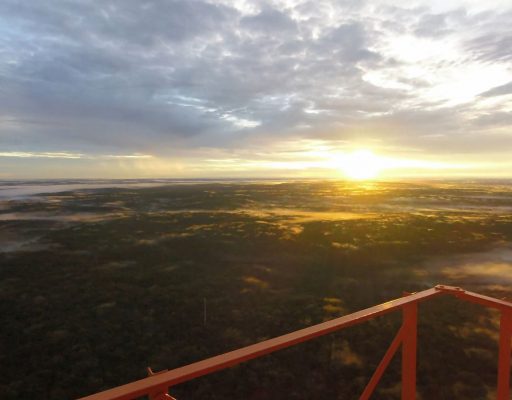
Meteorology and atmosphere processes
Why is this region important to study?
• The central Amazon is a ‘green ocean’ with and undisturbed, almost pre-industrial atmosphere
• Tropical forests process a lot of energy and water but are often poorly represented by climate models.
What do we want to know?
• What are the characteristics of weather and climate in the pristine tropical rainforest?
• How turbulent or stratified is the air, and how does this influence air mixing and chemical reactions?
• How does that change over a day and across seasons?
• Can we see long-term climatic trends emerge from the normal variability?
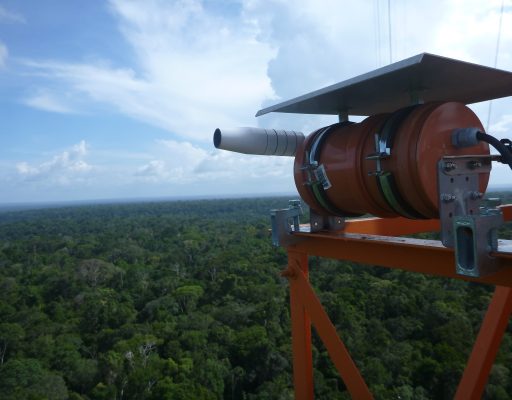
Trace gases
What are trace gases?
• all gases in the atmosphere except nitrogen, oxygen and argon
• they include greenhouse gases such as carbon dioxide (CO2), ozone (O3), methane (CH4) und nitrogen oxide (N2O)
• some of them (reactive trace gases) can easily react chemically with other atmospheric gases
What do we want to know?
• Is he Amazon forest a source or sink for greenhouse gases, and why?
• How do trace gas fluxes change with seasons, during extreme weather events and with global change?
• How can improved understanding of local trace gas cycles help estimates at regional and global scales?
• What controls the fate of reactive gases and how does that impact regional air quality?
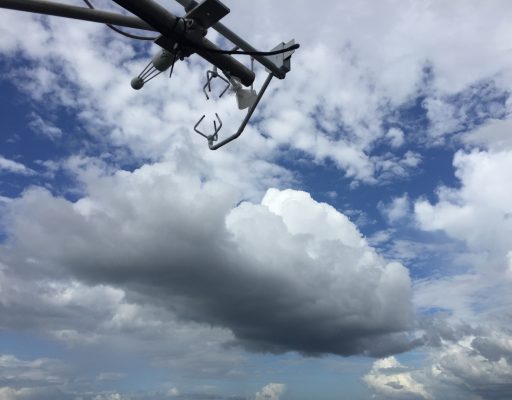
Aerosols and cloud formation
What are aerosols?
• nano- to microscopic particles suspended in the atmosphere
• natural sources include dust, sea salt and pollen, and soluble gases
• water can condense on them, so they function as seeds for clouds
What do we want to know?
• What types and amounts of aerosols are there above the Amazon rainforest and what are their sources?
• How does this change across seasons and with time?
• How do they influence cloud formation over the Amazon?
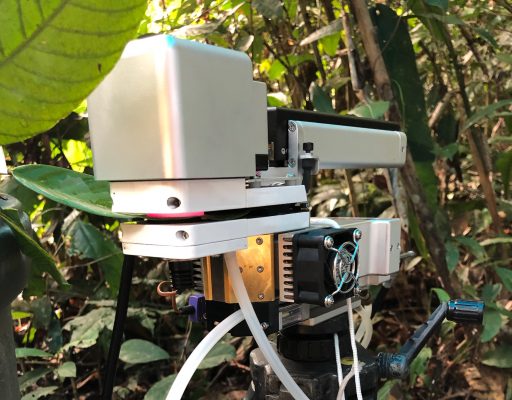
Biogenic Volatile Organic Compounds (BVOCs)
What are BVOCs?
• volatile gases made from organic compounds
• they are emitted by plants and microbes and are responsible for the smell of the rainforest
• atmospheric chemical reactions can transform them into seeds for cloud formation
What do we want to know?
• Which compounds do plants and microbes emit and why?
• Do emissions reflect environmental conditions or plant/soil health?
• What happens to the BVOCs in the atmosphere?
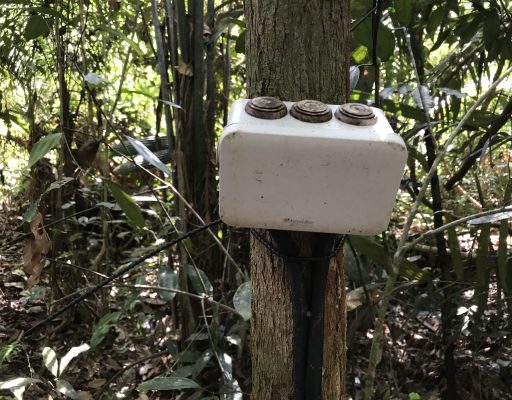
Forest ecology
What do we want to know?
• How vulnerable and resilient is the forest in the face of extreme events like storms and droughts?
• What are individual strategies of plants to survive and thrive across disturbance and environmental gradients?
• Under what conditions are the plants most effective in performing photosynthesis and fixing carbon?
• What is the role of fungi, lichen and microorganisms?
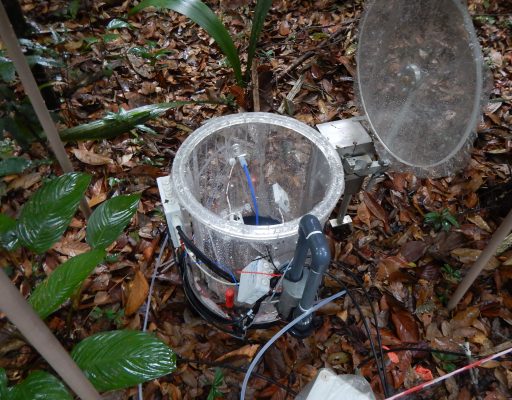
Cycles of matter
Which cycles do we study?
• carbon and water, major nutrients
(nitrogen, sulfur)
What do we want to know?
• How much carbon and water moves through the plants and soils?
• How long are carbon and water retained in the ecosystem?
• Are the Amazon forests a net sink or a net source of carbon and why?
• How much water can the Amazon recycle to sustain itself even hundereds of kilometers away from the coast?

